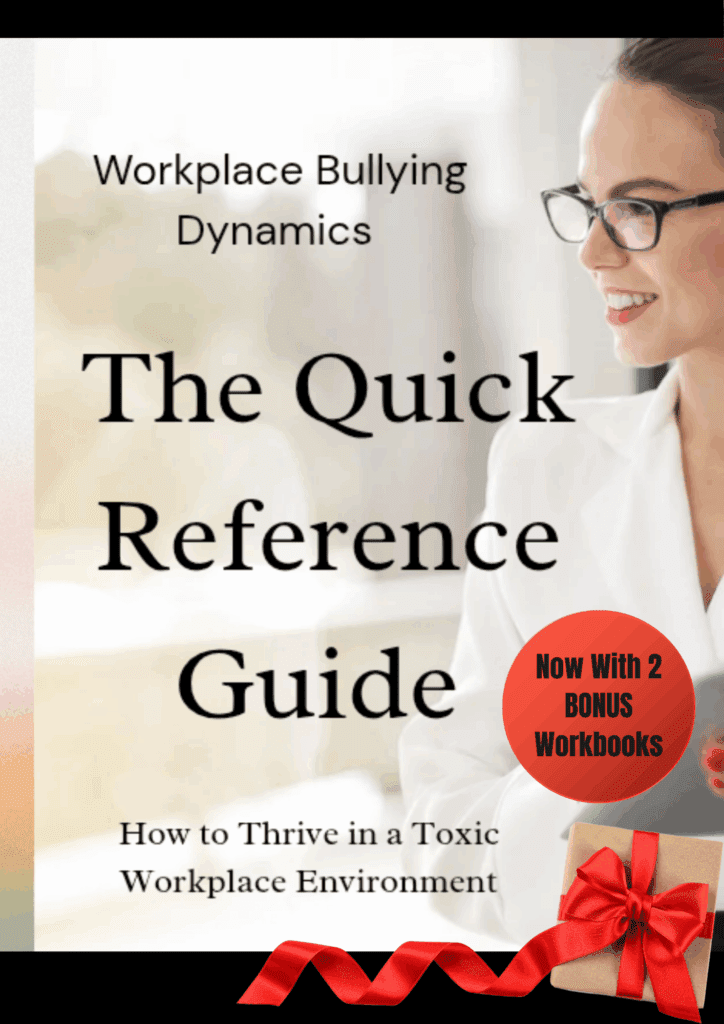Workplace gaslighting refers to a environment where an individual or group consistently manipulates or undermines another employee’s perceptions, feelings, or beliefs to make them doubt their reality. This can manifest in several ways, including excessive criticism, denying or twisting events, and undermining an individual’s confidence. The goal is often to gain power or control, to escape accountability, leaving the victim feeling confused, anxious, insecure so their accounts of what really happened are altered with doubt and confusion. In many cases this also undermines their professional reputation, status and clarity of events. The main goal is to escape accountability for their crimes or abuse.
Recognizing Psychological Manipulation
In recent years, the term “gaslighting” has gained traction in discussions about mental health and relationships. While most associates it with personal relationships, workplace gaslighting has become an alarming phenomenon that can significantly impact employee well-being and morale. Understanding what workplace gaslighting is, how to recognize it, and effectively responding to it is crucial for maintaining a healthy work environment.
1. Constant Second-Guessing:
If you find yourself frequently questioning your decisions and thoughts, it may be a sign of gaslighting. Repeatedly being told your perspective is wrong can erode your confidence.
2. Dismissive Behavior:
If your contributions and opinions are routinely dismissed or belittled, this can contribute to feelings of inadequacy and isolation.
3. Isolation from Colleagues:
They may attempt to isolate their targets from supportive coworkers, creating an environment where the victim feels alone and without allies.
4. Frequent Apologies:
If you find yourself apologizing often, even when you have done nothing wrong, this may indicate that someone is manipulating your perception of reality.
Workplace Gaslighting often distorts facts or downplay your emotions, leading you to feel uncertain about what is real. If you regularly feel confused or doubt your perceptions after interactions with a colleague, it’s worth examining. Remember, you deserve to feel valued and supported at work—never let anyone make you doubt your worth. Be proactive!
- Document all interactions.
- Trust your perceptions.
- Set boundaries.
- Be assertive with responding for clarity
- Reach out to a helpline.

So how is workplace gaslighting connected to the ‘Crazy Card’?
The Crazy Card is a manipulation tactic that is often used in bullying situations in the workplace to make the victim appear crazy and unable to think clearly. This strategy implies that some people are not in their right minds and should not be believed. When people report bullying or any form of harassment in the workplace, the ‘Crazy Card’ is sometimes played to downplay the incident. In this way, the aggressors make the whistleblower look like a crazy person, which makes others in power or the whistleblower’s peers doubt the whistleblower’s sanity and thus the credibility of the claims being made. This tactic is extremely useful in the sense that it preserves the equilibrium, since no one wants to be accused of the same things in the future.
Smear campaigns are another form of harassment that is commonly used in workplaces to silence employees who have been harassed. When one of the employees reports a case, the bullies in the workplace tend to counterattack and try to ruin the reporter’s reputation. This may entail spreading lies, focusing on small faults, or even stretching small faults to make the whistleblower look bad. These campaigns are intended to make other people afraid and thus not to come forward with similar experiences, thus perpetuating the culture of silence. The aggressors take advantage of this, thinking that if they attack the accuser, they can cover up for themselves and cover up their misdeeds. In the end, both the “Crazy Card” tactic and the smear campaigns benefit the bully and disempower the victim.
Thus, in harmful contexts, the value of an employee’s voice is lowered, and fear and distrust are created so that people do not want to come forward with their stories. This not only hurts the employee who reports it but also the rest of the workforce because it allows bad behavior to go unpunished. When fear overrides the possibility of dialogue, it becomes a perfect environment for more dysfunction to arise since everyone will be looking at each other with suspicion and thinking of reporting the injustice with fear of being punished and alone.
For all course workbooks, ebooks, support hotlines and services click here.

See below for suggested educational resource course.










